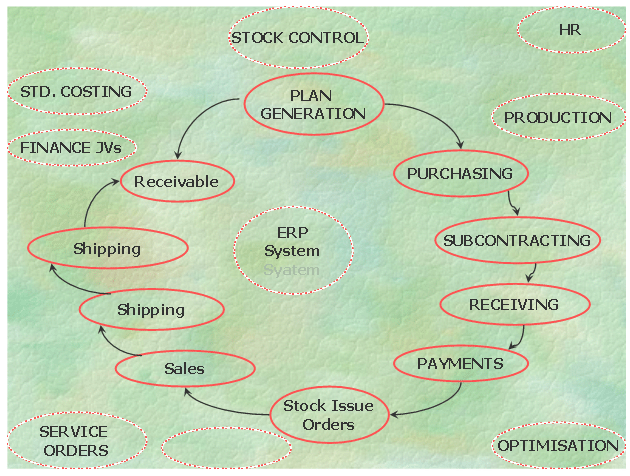Cost Estimate and Accounting in ERP
April 3, 2025
 Cost Estimate and Accounting in ERP
Cost Estimate and Accounting in ERP
The costing module is one of the important controlling modules which enables effective internal cost control and accounting. All functionalities regarding cost analysis and cost allocations are provided by this module. The cost accounting module is highly integrated with budget and general ledger modules as well as draws input and provides output to various logistics…
 Cash Management Module in ERP
Cash Management Module in ERP
Cash management module provides information relating to cash flow of the organization, by processing and analyzing all cash and bank transactions, arising out of payment of supplier’s invoices, receipt from sales invoices, stand alone payment and unallocated payment/receipts. Cash management module also allows analyzing financial transactions for a given period of time and provides information…
 Change and Risk Management in ERP Implementation
Change and Risk Management in ERP Implementation
An ERP system is a process and not an end in itself. Perfunctory Implementing of ERP system will not boost efficiency. Reasons for failure of an ERP project such as lack of commitment from management and employees, lack of communication, knowledgeable employees not available for the project, are mostly organizational issues and have nothing to…
There are various ways in defining an Enterprise Resource Planning System. This is how it has been defined by American Inventory and Production Control System (APICS) dictionary:
“Enterprise Resource Planning: An accounting oriented information system for identifying and planning the enterprise-wide resources to make, ship and account for customer orders.”
Again in Internet encyclopedia, it has defined as “An enterprise planning system is an integrated computer-based application used to manage internal and external resources, including tangible assets, financial resources, material and human resources”.
Basically, an ERP combines several traditional management functions into a logically integrated system and facilitate the flow of information across these functions. It is designed to model and automate basic processes across the organization over a centralized database and eliminates the need of disparate systems maintained by various units of the organization.
Figure below shows how information is integrated into a typical organization using an ERP system.

ERP system is thus a mirror image of the major business processes of an organization.
Separate systems were being maintained during 1960/70 for traditional business functions like Sales Marketing, Finance, Human Resources, Manufacturing, and Supply Chain Management. These systems were often incongruent, hosted in different databases and required batch updates. It was difficult to manage business processes across business functions e.g. procurement to pay and sales to cash functions.
ERP system grew to replace the islands of information by integrating these traditional business functions.
The successful implementation of an ERP system will have many advantages, as indicated below:
Since, data needs to be entered only once at the origin of the transaction, the need for multiple entries of the same data is eliminated.
Likelihood of duplicate/erroneous data is, therefore, minimized. The centralized structure of the database also enables better administration and security provisions, which minimizes loss of sensitive data.
Constrained based planning help in drawing appropriate production schedules, thereby improving the operation of plant and equipment. As a part of MIS, an ERP system, contains many inbuilt standard reports and also a report writer that produce ad hoc reports, as and when needed.
ERP vendors are also quick to adopt latest technologies, from mainframe to client server to the internet. Unlike a bespoke system, Upgrading to latest technology for a running ERP system is uncomplicated, involving mostly adoption of service packs and patches.
Although ERP provides many advantages; its implementation is a strategic decision, involving significant resources (both financial and human), proper evaluation and business process re-engineering. There must be a commitment from all levels. A failed implementation may lead to bankruptcy of an organization.
Your email address will not be published. Required fields are marked *